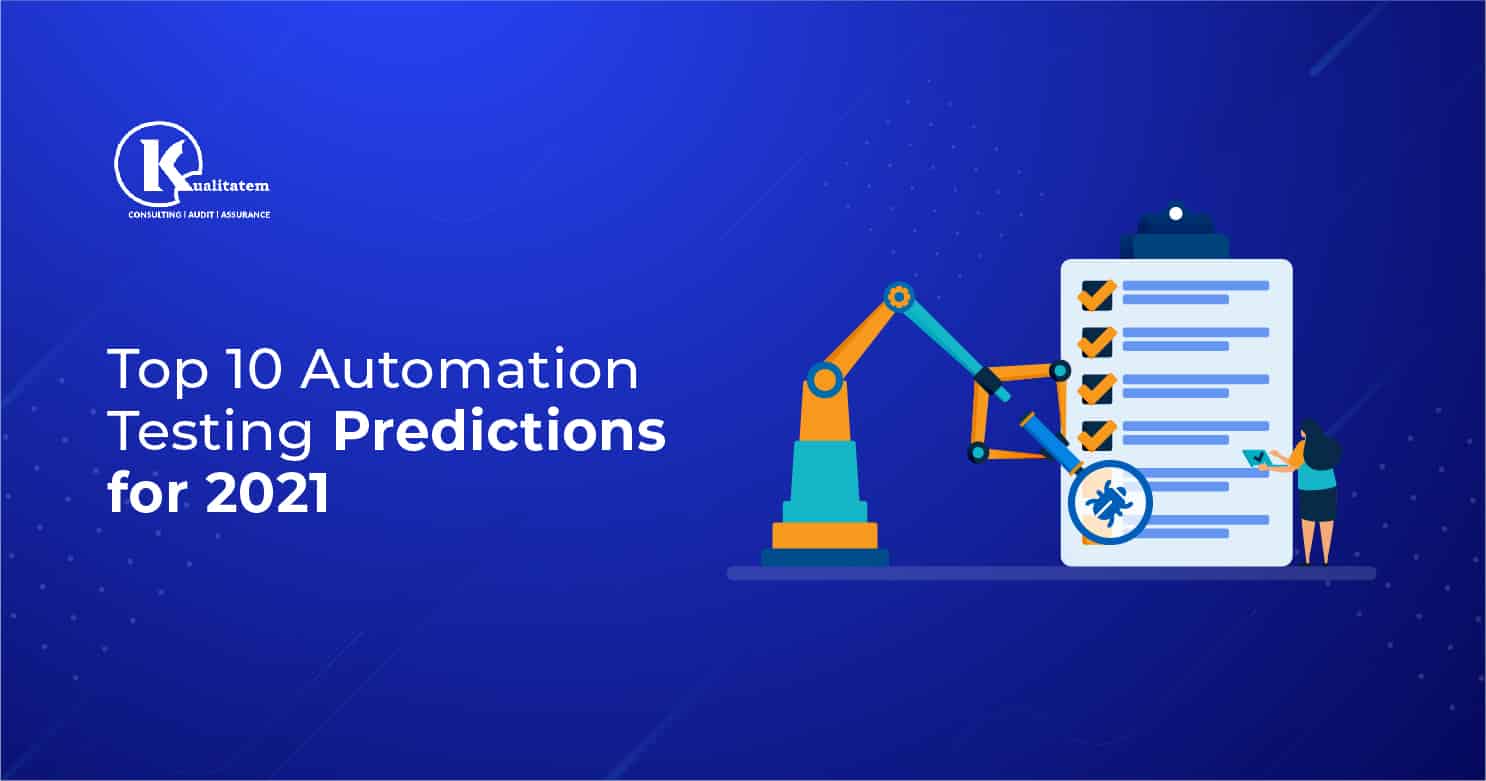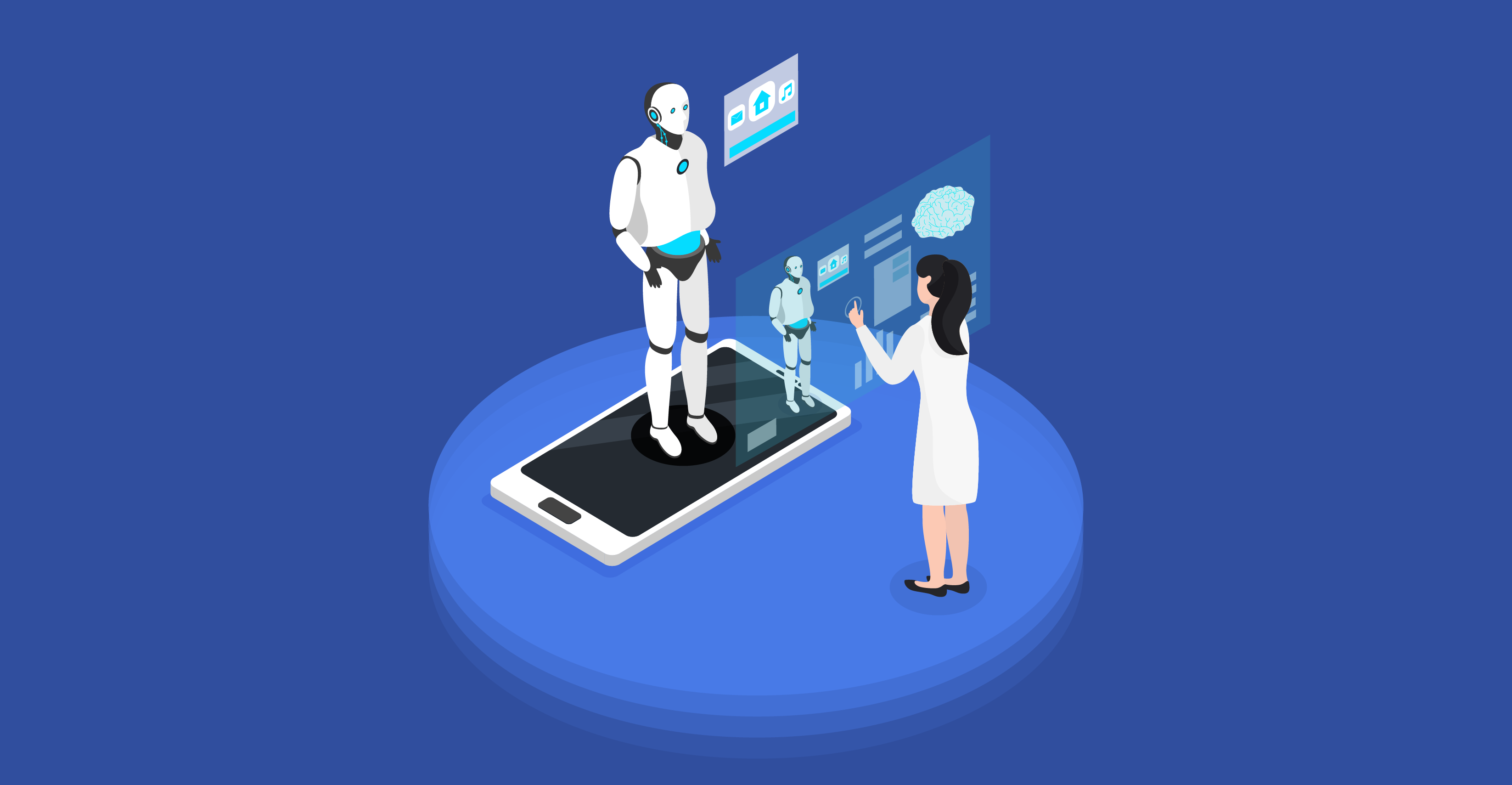Top 10 Automation Testing Predictions for 2021

- January 29, 2021
- HibaSulaiman
The digital space has gained the spotlight around the globe as more and more companies and consumers accept new realities. Most organizations had to go 100% digital transformation in 2020 due to the COVID-19 outbreak. Thus, the pandemic has only accelerated digital transformation that has caused apps to be the only medium to interact with their customers. As a result, companies are more in need of rigorous software testing solutions. Organizations that adopted digital platforms in 2020 were better able to adapt to this shift in demand patterns and achieved advantages even in the toughest times. Many surveys have reported that consumers’ and end-app users’ demands are increasing for apps and so are their expectations with respect to software quality. We have listed the top test automation testing trends for 2021 predictions a tester needs to know to remain heads up in the game. Let’s learn how industry experts expect software testing to evolve with respect to automation in the emerging market opportunities and add pressure on automation testing companies to deliver quality digital experiences.
- Enable Digital Transformation
This year, there will be a better understanding of which vendor software robots have the ability to enable digital transformation. These robots are pre-built, smart, productive, and self-organizing capabilities that perform data-driven work across multiple operating environments in complex systems and manual workflows.
These robots have the ability to solve interoperability issues by reading and understanding the app’s screens just as humans do, but without touching the underlying system programming logic. This capability means that robots can use all current and future technologies without any APIs or any form of system integration. Legacy systems will not have to be replaced and no major process change will be required for these robots to operate.
- Accessibility Testing
As more organizations are moving to digital platforms, there is a need to create software applications that are accessible to all customers. In 2021, the need for accessibility testing will increase. People with disabilities rely on digital services more than ever before to observe social distancing measures followed by the COVID-19 outbreak. This means QA managers should test the accessibility of all the software processes of their team developers. In 2021, companies will hugely invest in accessibility testing to improve their customer experience.
- Cloud-based Software Development and Testing
The next trend is to focus on learning more about cloud-based software development and testing. As the transition to virtual solutions continues firms need to address the urgency for scalable, secure, reliable and cost-effective technology. Automation will be a key driver for this transition. This prediction signal needs to shift focus to cloud-based development and QA services. With the need for more automation, companies will start using cloud-hosted application automated testing platforms to run against all different devices that customers use to interact.
- Cloud-based Tools
Teams need to use cloud-based collaboration tools that are expected to grow in 2021. These tools include visual validation tools that allow teams to leverage AI and human efforts, and verify that the app they are creating is functioning as expected. An automation testing company can choose from many open-source tools available in the market that can add visual testing functionality.
- AI-based Assistance
Once your teams get to know the cloud-based development, there is going to be an increase in AI cloud platforms like Amazon Web, Google Cloud, Microsoft Azure, etc. Users expect to find answers to their questions on websites. So smart, AI-powered technology like conversational AI chatbots or customer speech recognition technology can help improve the user experience.
- Automation Pipelines
Gone are the days when an automation test engineer focused only on Selenium automation scripts. 2021 is expected to be an evolutionary year from automation scripting to automation pipelines and continuous testing. The role of automation is going to change in such a way that an automation engineer will have to handle the automation of end-to-end pipelines.
Test engineers are expected to understand software to deploy, manage and scale containers and incorporate it into the teams’ continuous integration (CI) and continuous delivery (CD) workflows. As more and more companies use cloud-native services, systems will become more complex. And this will lead to failures that will be harder to debug.
- Observability
Observability from a tester’s perspective means access to data that is relevant and exportable. It adds visibility into the system. In complex environments just like today, monitoring problems do not address the growing number of new issues. These are unknown which means that QA teams do not know what is the root cause of the problem without an observation system. So by having an observable system teams will have the instrumentation they need to understand what is happening in the software application. Observability tends to focus on developing an app to place a check on the thresholds to ask any question about how the software works.
- AI- Data
With all the cloud-based testing, automation script logs, reports, and its results, there will be a lot of data. So how are testers supposed to cope with it? In 2021, we are expecting to see a rise in predictive QA automation using tools and languages with AI.
- More Sophisticated Selection Criteria
This year, we will observe how organizations will rethink while choosing robotic process automation (RPA) and intelligent automation solutions. There will be a greater selection with more informed assessments of these technologies and its abilities to successfully operate in complex environments. QA teams will carefully choose automation where performance, security, and usability are the topmost priorities. Thus, RPA and selection criteria should consider real-world insights.
- Strategic Approach to Software Delivery
The pandemic has had a major impact on the software industry and this change is helping enterprises in prioritizing their digital progress accordingly. In order to deliver value, organizations need to think strategically and not tactically, about how to apply automation.
Conclusion
These trends are an eye-opener for many organizations yet we can see many organizations are already on their way to move further with their test automation efforts.











